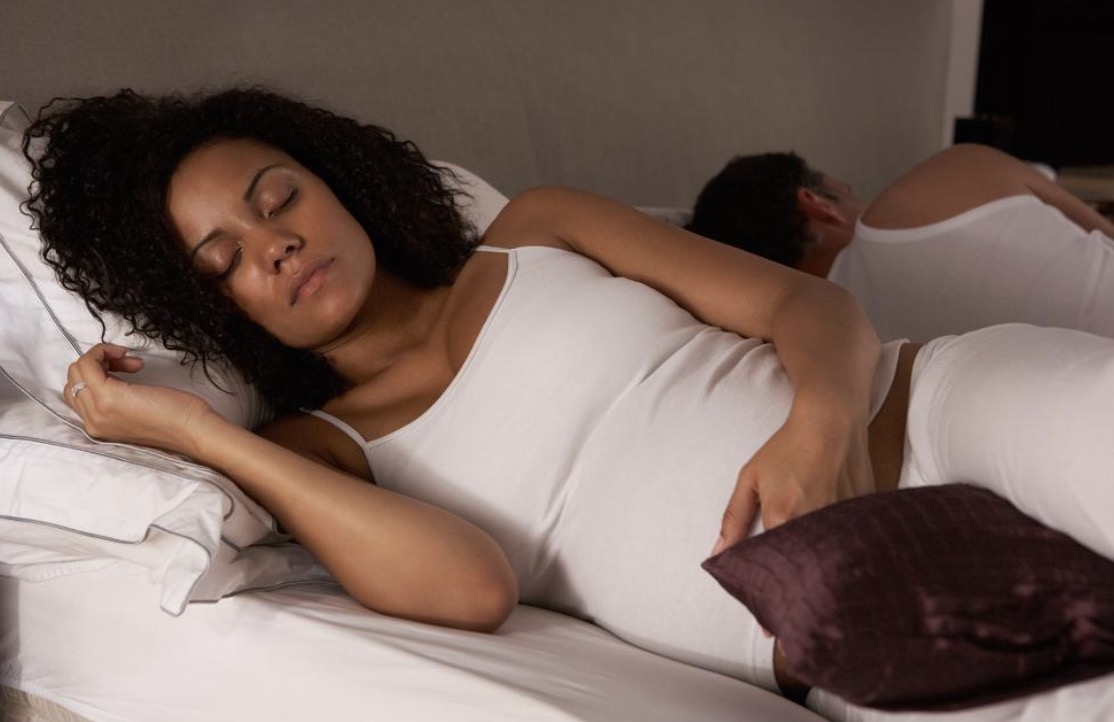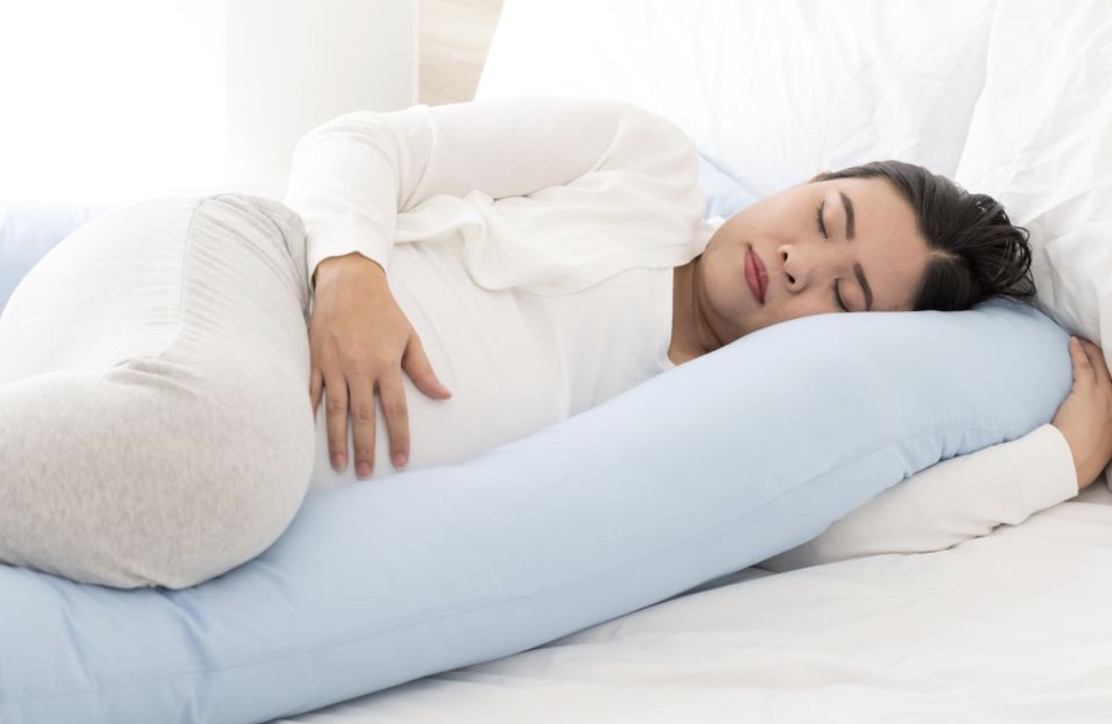Getting a good night’s sleep during pregnancy can often feel like a challenge, but it’s essential for the health and well-being of both mother and baby. One key factor that can influence sleep quality is your sleeping position. Whether you’re resting on a twin or a queen-size bed, finding the optimal position can make all the difference.
Reader's Roadmap
Why Sleeping Position Matters During Pregnancy
One of the most critical factors influenced by sleeping position is blood circulation. As the uterus expands, it can put pressure on major blood vessels, such as the inferior vena cava, which runs along the right side of the body. This large vein carries deoxygenated blood from the lower and middle body back to the heart. When compressed, it can reduce blood flow to the heart and, consequently, to the baby.
During pregnancy, women often experience various discomforts, including back pain, heartburn, and swelling in the legs and feet. Sleeping positions can significantly affect these discomforts. For instance, sleeping on the left side can help reduce the pressure on the liver and improve kidney function, which can help reduce swelling. It can also alleviate back pain by maintaining proper spinal alignment.
Additionally, certain positions can help reduce the severity of heartburn and acid reflux, which are common during pregnancy due to hormonal changes and the growing uterus pressing on the stomach. For example, sleeping with the upper body slightly elevated can prevent stomach acids from rising into the esophagus. Adjustable beds can be a great way to help facilitate this position.
Best Sleeping Positions
When it comes to sleep and pregnancy, these are the best sleeping positions to implement in your nighttime routine.
Left Side Sleeping
Sleeping on the left side is widely regarded as the best sleeping position for pregnant women. Healthcare providers often recommend this position for several reasons:
- Enhanced blood circulation: Left-side sleeping helps improve blood flow to the heart, uterus, kidneys and fetus. By reducing the pressure on the inferior vena cava — a major vein that runs along the right side of the body — this position ensures that oxygen and essential nutrients are efficiently delivered to the baby.
- Reduced swelling: This position aids in kidney function, which helps the body eliminate waste and fluids more effectively. As a result, it can reduce swelling in the legs, ankles, and feet, which is a common issue during pregnancy.
- Alleviation of back pain: Sleeping on the left side can help maintain proper spinal alignment, which can alleviate back pain. This position also reduces the pressure on the spine, making it more comfortable for the mother.
- Better liver function: Since the liver is located on the right side of the abdomen, sleeping on the left side prevents the uterus from pressing on this organ, allowing it to function more effectively.

Right Side Sleeping
While left side sleeping is optimal, sleeping on the right side is also considered a safe and acceptable position for pregnant women. Here are some reasons why:
- Comfort: Alternating between the left and right sides can help prevent stiffness and soreness that might result from sleeping in one position all night. This is especially important in the later stages of pregnancy when finding a comfortable position can be challenging.
- Similar benefits: Though not as beneficial as left-side sleeping, right-side sleeping still aids blood circulation and reduces the risk of compression of the inferior vena cava. It can also help reduce back pain and other common discomforts.
- Flexibility: Some pregnant women may find it more comfortable to switch sides throughout the night. This flexibility can help improve overall sleep quality and prevent issues like numbness or tingling in the limbs.
Tips to Enhance Comfort in Side Sleeping
- Use of pillows: Special pregnancy pillows or regular pillows can support the belly, back, and knees. Placing a pillow between the knees can help align the hips and reduce pressure on the lower back.
- Elevate the upper body: Slightly elevating the upper body with pillows can help reduce heartburn and acid reflux, which are common during pregnancy.
- Keep the legs bent: Keeping the legs bent and placing a pillow between them can help maintain the spine’s natural curve and reduce strain on the back and hips.
- Establish a routine: Developing a consistent bedtime routine with relaxation techniques can help you fall asleep in the recommended side positions. Techniques like deep breathing, prenatal yoga, or reading can make settling into a comfortable side sleeping position easier.

Positions to Avoid
Make sure to avoid these sleeping positions when you’re snoozing on your ultra-plush mattress.
Back Sleeping
Sleeping on the back is generally discouraged during pregnancy, especially in the later stages. Here are the reasons why:
- Pressure on major blood vessels: When lying flat on your back, the weight of the growing uterus can compress the inferior vena cava and the aorta, which are major blood vessels. This can restrict blood flow to the heart and the baby, potentially causing dizziness, shortness of breath, and even a drop in blood pressure.
- Back pain and discomfort: The back sleeping position can exacerbate back pain and discomfort. The additional weight of the uterus can put undue pressure on the spine and back muscles, leading to soreness and stiffness.
- Digestive issues: Back sleeping can worsen issues like heartburn and acid reflux, which are common during pregnancy. The position makes it easier for stomach acids to flow back into the esophagus, causing discomfort.
- Sleep apnea: Pregnant women are at an increased risk of developing sleep apnea, a condition characterized by interrupted breathing during sleep. Back sleeping can exacerbate this condition, leading to poor sleep quality and other health issues.
Stomach Sleeping
While it may be comfortable in the early stages of pregnancy, stomach sleeping becomes impractical and unsafe as the pregnancy progresses. Here’s why:
- Pressure on the abdomen: As the belly grows, sleeping on the stomach becomes increasingly uncomfortable and can exert pressure on the uterus. This can be harmful to both the mother and the baby.
- Breathing difficulties: In the later stages of pregnancy, stomach sleeping can make breathing difficult due to increased pressure on the diaphragm and lungs.
- Discomfort: The growing belly makes it physically challenging to sleep on the stomach. Even if a pregnant woman manages to do so, it’s unlikely to be comfortable or conducive to restful sleep.
Remember, every pregnancy is unique, so always consult with your healthcare provider for personalized advice.







Leave a Reply
View Comments